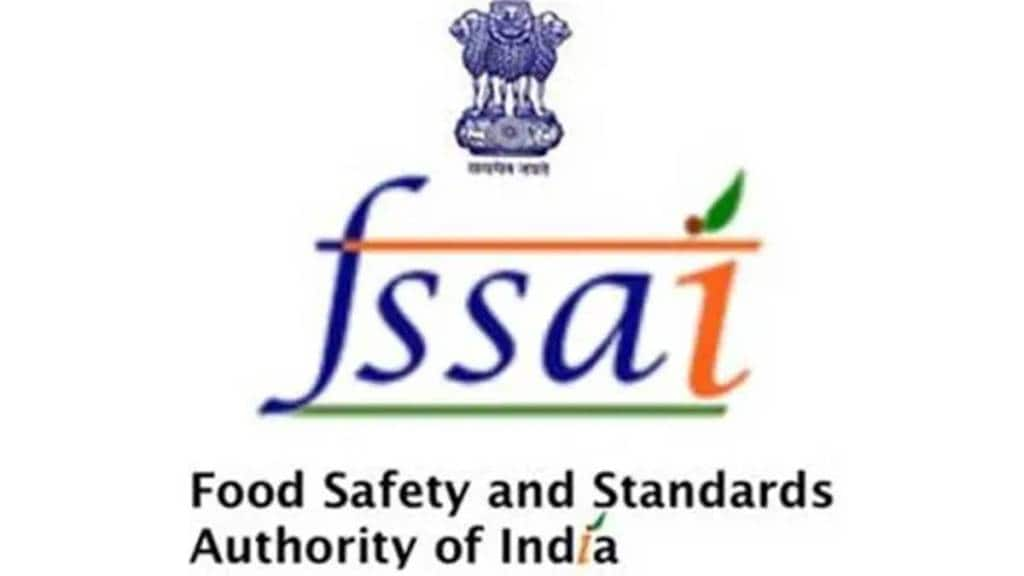The food safety regulator is proposing display of information on salt, sugar & saturated fat content prominently on packaged food. Anvitii Rai looks at how better food labelling norms can nudge consumers and brands towards healthier options
l What is the FSSAI proposing?
THE FOOD SAFETY and Standards Authority of India (FSSAI) has approved a proposal to display nutritional information regarding total sugar, salt and saturated fat in bold letters and bigger font size on labels of packaged food items. The decision to approve the amendment in the Food Safety and Standards (Labelling and Display) Regulations, 2020 regarding nutritional information labelling was taken at its 44th meeting recently. With the amendment, packaged food brands will have to display the information regarding per-serve percentage contribution to recommended dietary allowances (RDAs) in bold letters for total sugar, total saturated fat and sodium content.
Current regulations require that the name and description of the food product, ingredients list, nutritional information, information about allergens, the FSSAI logo and licence number, and other information like a “best before” or “use by” date, net quantity, country of origin, storage conditions, and instructions for use be declared on the packaging of the product.
l Why is this proposed change important?
A FOOD LABEL, the information presented on the package of a food product, is one of the most important and direct means of communicating information to the consumer. Besides consumer protection and awareness in an era of globalisation and technology, food labelling is important to help consumers make the right choices and curb the rising incidence of non-communicable diseases (NCDs) arising from diet-related issues. If the FSSAI amendment comes through, it would empower consumers to make informed choices. While all stakeholders need to be educated well about dietary requirements and the repercussions of including particular ingredients in packaged food, coherent labelling is the first step towards creating health-conscious producers and consumers. It can nudge companies to reduce the amount of salt, sugar and saturated fat in their food products and ensure greater availability of healthier options in the market.
l Global norms on food labelling
THE FRONT-OF-PACK labelling (FoPL) system is regarded as the best way to supply ample information on food choices. According to the WHO, FoPL is defined as “nutrition labelling systems that are presented on the front of food packages in the principal field of vision; and present simple, often graphic information on the nutrient content or nutritional quality of products, to complement the more detailed nutrient declarations provided on the back of food packages.”
The UN’s Food and Agriculture Organisation works in tandem with the World Health Organisation (WHO) to advise the Codex Alimentarius Commission on technical and policy matters related to food labelling. Codex has a collection of internationally recognised standards, codes of practice, guidelines, and other recommendations relating to food, food production, food labelling, and food safety.
l How other countries are doing it
NORDIC COUNTRIES ARE ahead of the curve with smart food labels becoming the norm. With QR codes placed on product labels, not only do consumers get to know the exact ingredients, they can also trace the origin of the product to any point in its supply chain. Denmark, in particular, is known for collaboration between the food producers and the government authorities, thus earning the country a reputation of reliability when it comes to food safety. Closer home, China collaborates with Denmark to ensure the development of high food safety standards. Brazil, Chile and Israel have labelling laws that stress on FoPL in the packaged food industry as an index to fight obesity and NCDs. In 2016, Chile implemented a law mandating front-of-package warning labels pertaining to high sugar, salt or fat content, and banned sales of such products in schools.
l Can India catch up with the rest of the world?
THE DRAFT NOTIFICATION for the amendment will now be put in the public domain by FSSAI for feedback. In 2018, FSSAI had signed an MoU with the Danish Veterinary and Food Administration in 2018 concerning food safety and processing, and the latter will launch a pre-project in India this year.
Anthony D’Souza, executive director and country service line leader, Innovation, Ipsos India, a market research company with works with many food brands, says the amendment by FSSAI is a good move and companies are happy to highlight the ingredients in their food products as it will help consumers make informed choices. “However, most consumers do not read the labels. Unlike other evolved markets, India is still at the nascent stage when it comes to reading back-of-the-pack labels. Only affluent, urban consumers look at the nutritional information,” he says. “Also, purchase of snacking items (with more sugar, salt or saturated fat) are impulse-driven. Now with pronounced labelling, customers will be nudged towards more moderate consumption.”

